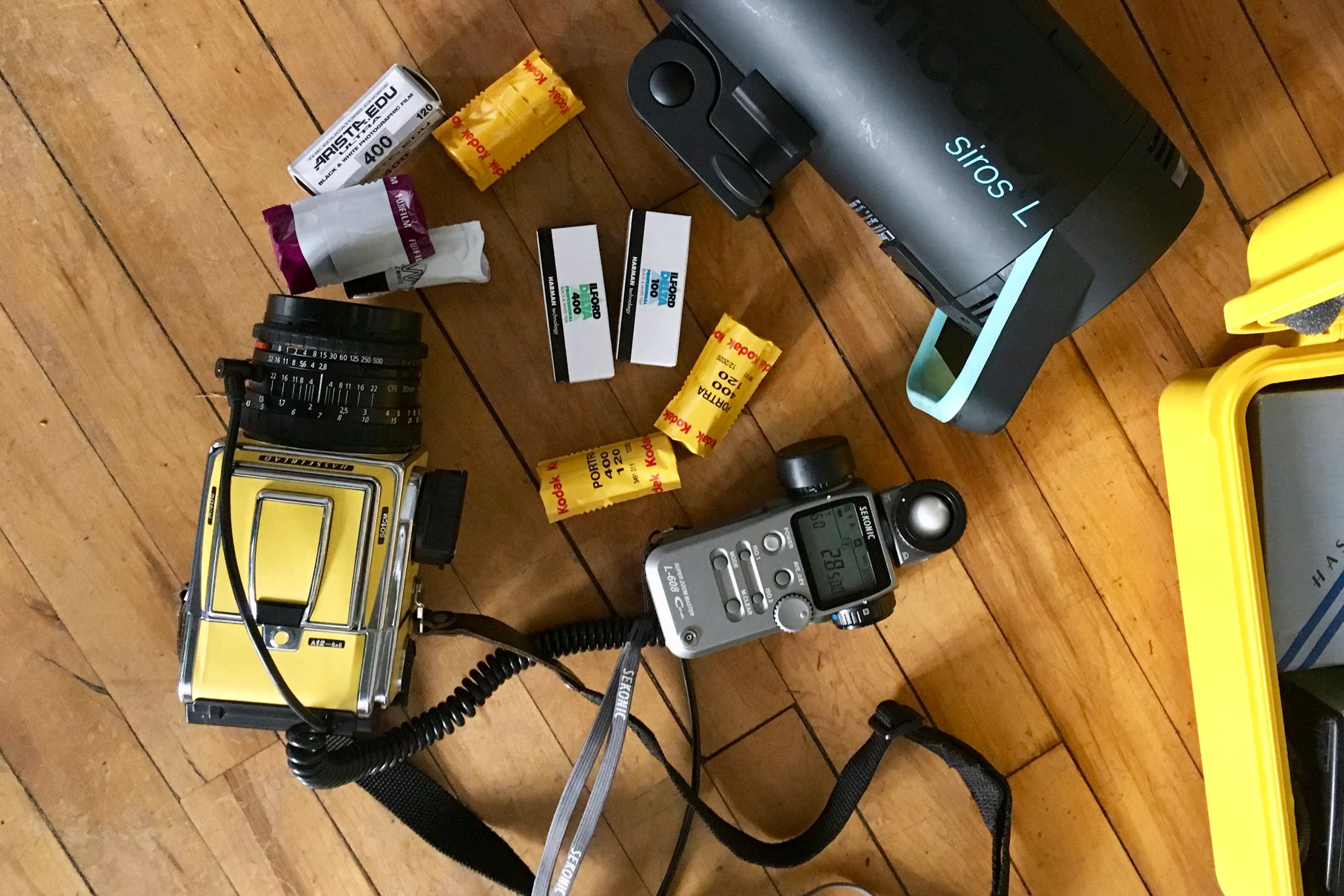I remember the smell of the chemicals and the feeling of fixer as it dried on my hands. The darkroom was a form of sensory deprivation until your eyes adjusted to the soft, amber glow of the lights. My first darkroom was a humble space with two enlargers and a closet with a bottle opener for film retrieval. Starry Eyed Surprise was on repeat as I danced and watched the images from my yellow Hasselblad 501cm come to life on pearl paper. To this day, I can’t think of anything more therapeutic.
View this article with minimal banner ads in our app for iOS, iPad, and Android. Get no banner ads for $24.99/year.
Table of Contents
Love at First Sight
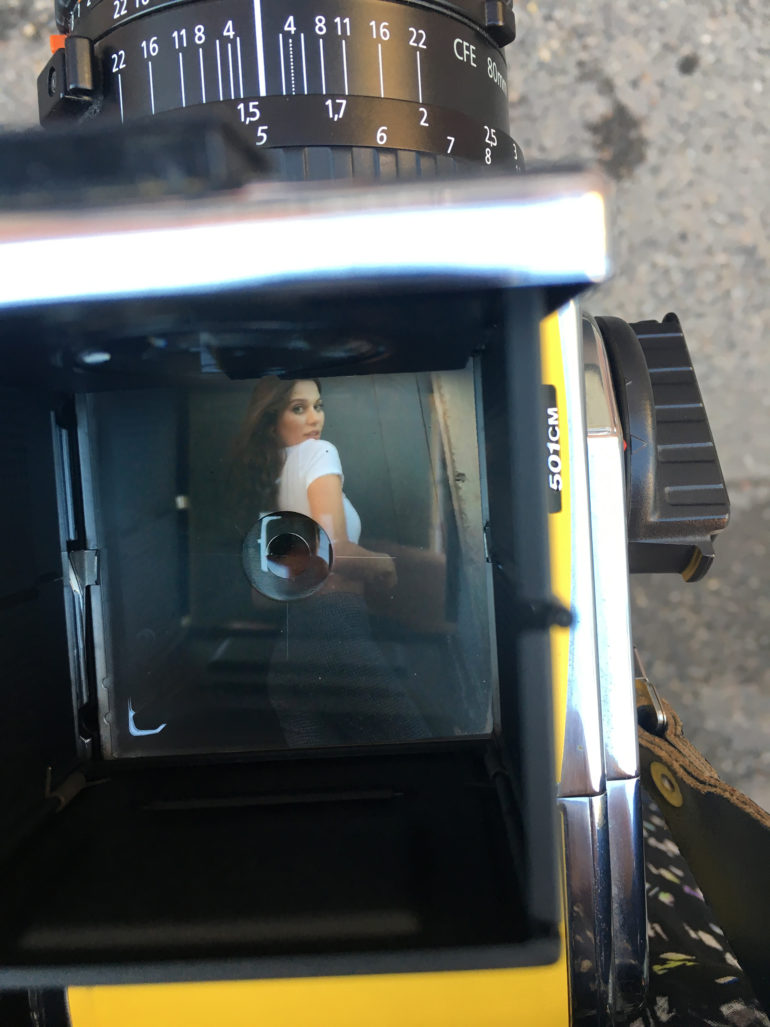
There was no plan after high school graduation, and the thought of my future was a significant cause of anxiety. My dad tried convincing me to go to community college instead of taking a year off. He came home one day with a bunch of books, told me I had one elective to choose, and that my math test was tomorrow morning at 8:00.
I begrudgingly agreed and chose photography as my elective. My first roll of film was shot on a Canon Rebel. Suffice it to say that my first experience in the darkroom was love at first sight. Film photography was very well the love of my life.
Each week I went through the motions of going to core classes. I couldn’t wait to get to my photography class on Tuesday night, eager for the next assignment. We dabbled in street photography, portraiture, landscape, and food photography. Studio lighting was introduced when I later moved to Denver.
Countless evenings were spent in the darkroom, and I’d sneak home in the middle of the night. The more interested I became in photography, the more my dad shared that it was one of his favorite hobbies. He shared images of Monterey and Carmel that he shot when he was in the military.
You can’t get any better than Zeiss, Sis.
I learned he had always wanted to own a Hasselblad from the moment he saw images n space captured with its glass when he was little. It was unparalleled in quality. The extra real estate with the medium format film unleashed what seemed like limitless possibilities. I was amazed at how different an image felt depending on the chosen perspective, whether it be full-frame square, cropped vertical, or cropped horizontal. My dad likened the exquisite German glass to Italian sports cars. “You can’t get any better than Zeiss, Sis.”
The Beginning of the Rest of My Life
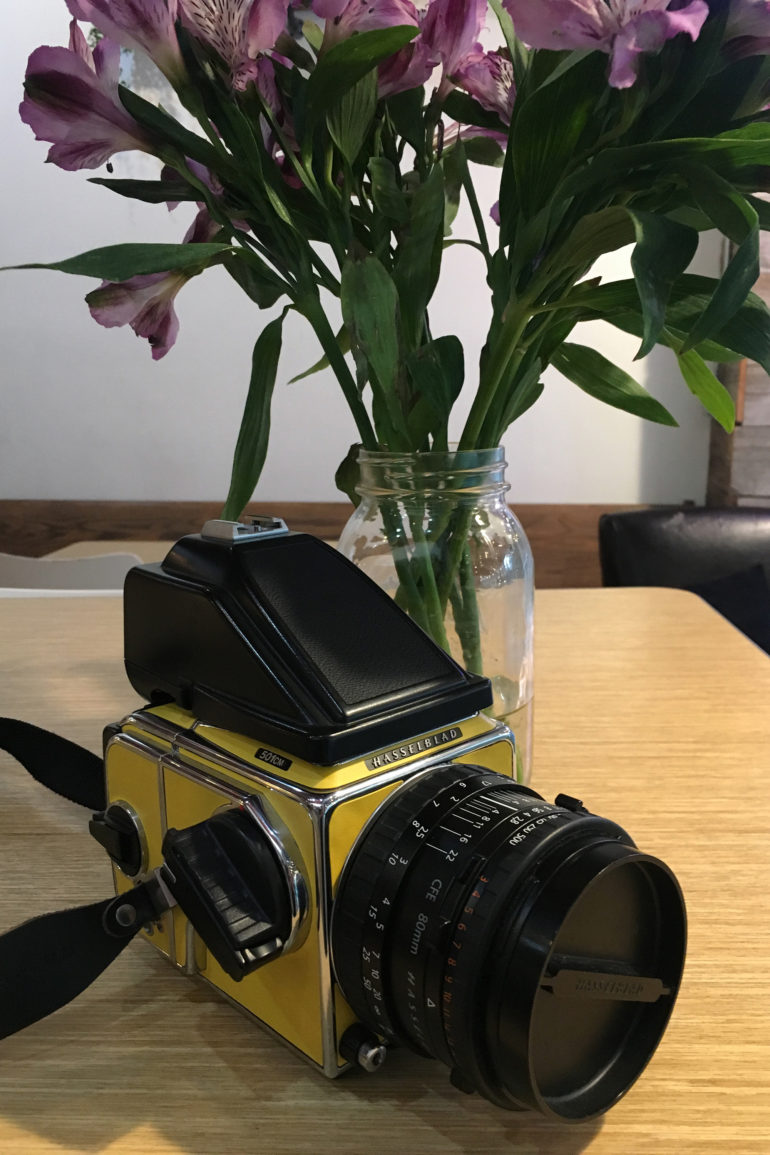
After three months, it was clear that this was how I wanted to spend my life. I needed a better camera, and it had to be medium format. For months, I scoured the ads in the back of Shutterbug Magazine and kept coming back to the limited edition Hasselblad colors. It had everything that made the original V system famous and improved upon a few things, like sync speed. My first major camera purchase was my beloved Hasselblad 501cm in sun yellow, and I gladly paid extra for it.
My sun yellow Hasselblad is an entirely analog system. You have to pop open the A12 back and manually roll the 120 film until the arrow confirms it’s in place. There might not be a more satisfying sound than that of the Hasselblad shutter. It has a waist-level viewfinder that flips the image horizontally because it only has one mirror. The PM 90 viewfinder corrects the image and allows you to bring the camera up to your eye. However, I always preferred the experience of the waist-level viewfinder.
At this time, one of my best friends, Jon, introduced me to Ilford Delta and their pearl paper. I hadn’t seen anything like it, and it was exhilarating. The blacks were deep like velvet, and the white was like snow. There was plenty of poppy contrast, whether it was 100 or 400-speed film. Mix it with Kodak developer and embrace the grain for some moody images. This simple recipe of my Hasselblad 501cm and Ilford film shaped how I shoot my black and white photos.
Old Vs. New
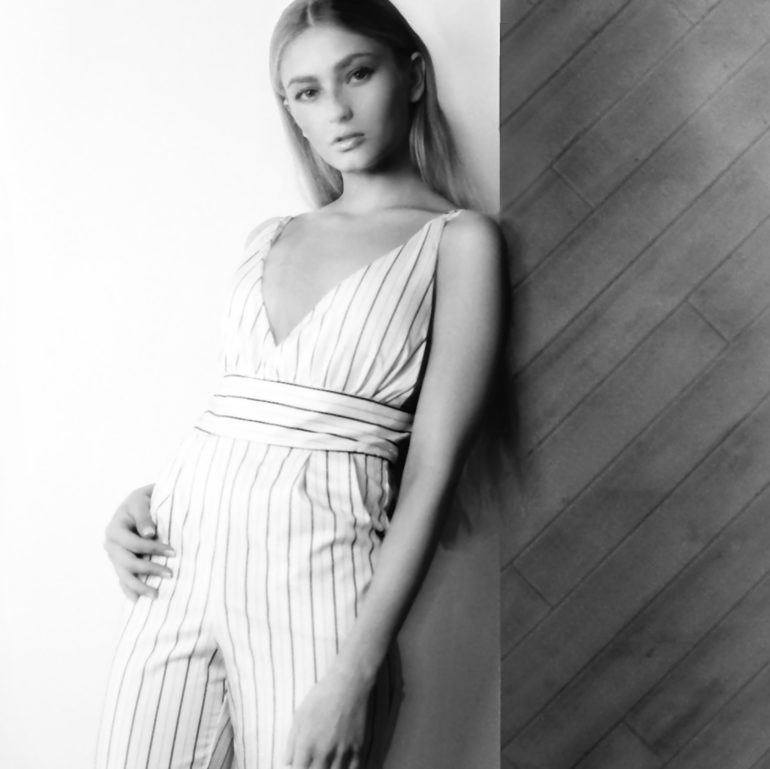
Technology has come a long way, and almost everything is achievable. I find myself bored. Sure, we have 100mp sensors, high-speed sync, incredible sharpness, and many stops of highlight and shadow recovery. It’s possible to shoot an entirely underexposed frame and still make it work. In today’s fast-paced world, it’s the go-to medium. Yet, all of this perfection feels like it removes the life of photography. It’s missing the heart and soul the experience of analog provided. With film, everything can go wrong, which makes it that much more gratifying when it goes right.
Sitting in front of a computer will never be as satisfying as the process of analog film. Since when has instant gratification been life-changing? Never. It’s telling when consumers buy into a company for their film simulations.
The fact that my Hasselblad 501cm is completely mechanical meant that it doesn’t break down. There is no need to recharge batteries and worry about whether or not a memory card would fail. It is as simple as taking the time to slow down and breathe, compose the beautiful image, and enjoy the moment. Even when an image is not technically perfect, the imperfection is beautiful.
I yearn for the days where I’d spend rolling film to be developed. It was just you, amber lights, a timer, the smell of chemicals, and your favorite music with the sound of water trickling in the background. If you were lucky, you had a few friends to experience it with you.
Jon and I developed the perfect methodical process. It consisted of dodging, burning, magenta filters and pearl paper. When shooting with Ilford, we rarely needed to bump contrast. This allowed for more time shooting with my Hasselblad 501cm. And, it was more time spent in the magic of the darkroom watching images come to life. Life is slower and more enjoyable with film.
Life-Changing
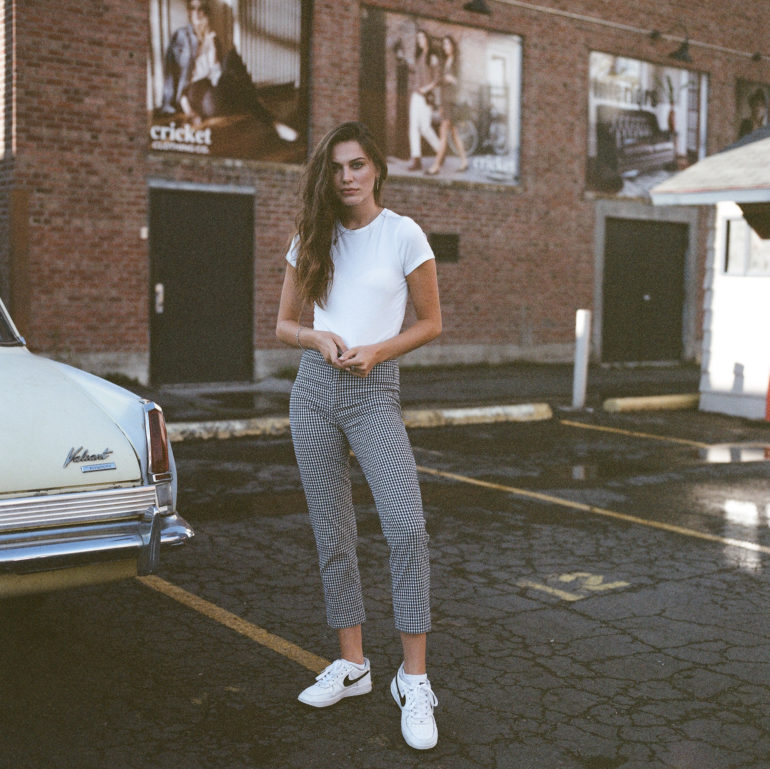
Buying the sun yellow Hasselblad 501cm changed my life. I wound up applying to art school and getting accepted. I also wound up almost flunking out of the Art Institute of Colorado for refusing to conform. Here, I learned how to choose color film and corresponding light temperature to create a mood. It was the OG color grading. To this day, it is my favorite camera.
Digital wound up dominating the industry, and as such, it dominated my gear list. The simplicity of film carried over into the minimal Canon gear that I invested in for my career. It’s great to see the world of film making a comeback. I have a lot of fun shooting a mix of digital, analog, and instant film. Kodak Portra, Fujifilm Velvia, and Ilford Delta are my favorites.
Shooting with my Hasselblad 501cm today brings the same rush of endorphins it always did. The sun yellow is beautiful and consistently garners attention from people passing by. Plus, my models always love the challenge of slowing down and getting twelve usable frames. I have to send my film out to be developed, which costs a lot of money. But, someday soon, I hope to have a darkroom again. And I can’t think of a better way to experience life.


